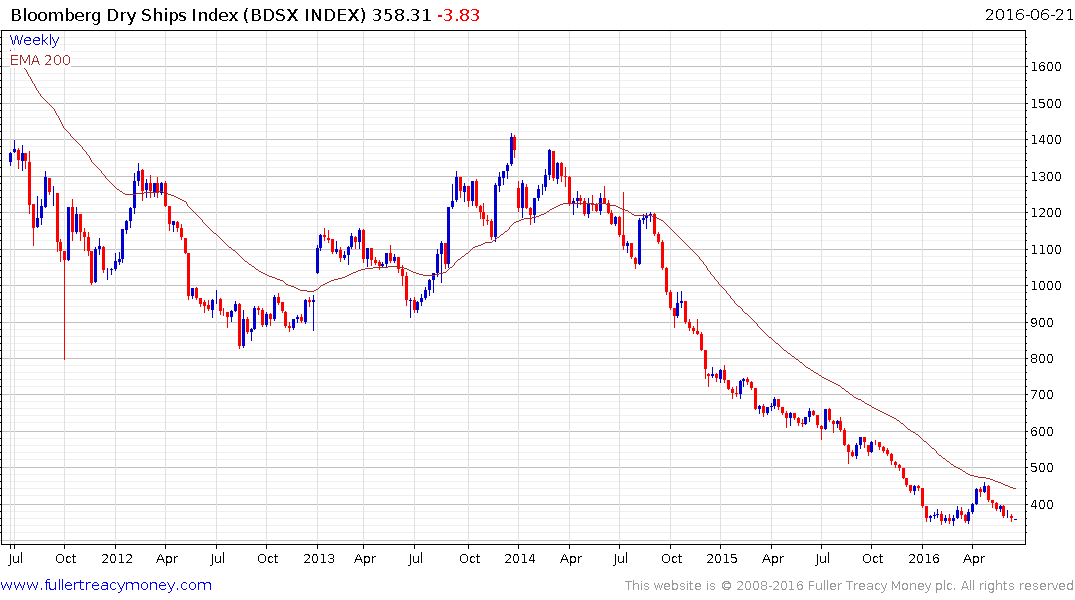Panama Canal ushers in new era of international trade and megaships
This article from the Panama Perspective may be of interest to subscribers. Here is a section:
More than 100 years ago when the SS Ancon sailed into the history books as the first ship to transit the Panama Canal, the waterway was a display of American ingenuity and the Panama Canal Zone was firmly in U.S. hands.
But the ship making the first official trip through the newly expanded canal next Sunday will be a Chinese megaship. The United States completely withdrew from the canal on Dec. 31, 1999, and there was barely any U.S. participation in the $5.5-billion canal project, which will allow the world’s bigger ships to transit Panama’s “highway of the sea.”
The United States remains the most important user of the canal and canal officials say it will be for the foreseeable future, but world trade patterns have shifted in the past century and China has become the world’s largest trading nation.
Between 6 a.m. and 7 a.m. on June 26, China COSCO Shipping’s recently renamed 984-foot-long Panama will approach the new Agua Clara locks on the Atlantic side of the 50-mile long canal to begin the first official voyage through the expanded canal. It won the honor in a drawing among the canal’s top customers.
Although the new locks — tall as an 11-story building — are an engineering marvel and the expansion is expected to double the canal’s capacity, it’s been a long slog. The project is being delivered nearly two years behind schedule and various claims by the Grupo Unidos por El Canal (Group United for the Canal), the international consortium that built the expansion, could push the price for the project even higher. The Panama Canal Authority also has its own counter-claims. Arbitration on the first unresolved claim gets underway in Miami in July.
But now —110-million man hours, 292,000 tons of structural steel, 1.6 million tons of cement and 5 million cubic meters of concrete later —the project is finished. Panamanian voters approved it in a 2006 referendum.
The extension to the Panama Canal was approved during the commodities boom when vast quantities of raw materials needed to make their way from Brazil and Venezuela to China. Despite cost overruns and political scandals, (former President Martinelli is still holed up in Miami fighting extradition) the expansion of the canal is a major enabler to trade by reducing both the cost and time on shipping on major routes.

The Bloomberg Dry Ships Index completed a reversion to the mean in April but has since fallen back to test its lows and will need a clear upward dynamic to confirm support in this area.


